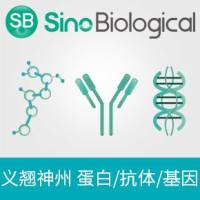Making High Titer Retroviral Producer Cells
Retroviral vectors are uniquely suitable for high-efficiency gene transfer to a large target cell population and this (among other things) has led to the exploration of previously impractical strategies for somatic gene therapy (1 ,2 ). Thus, for example, cultured bone marrow can be used to recolonize mice with hematopoietic progenitors expressing a variety of genes after retroviral gene transfer (3 ), and efforts to achieve the same with human bone marrow may eventually result in effective therapies for sickle cell anemia, the thalassemias, and a variety of other single-gene disorders. The major factors limiting the success of this type of experiment are the maximum achievable concentration of recombinant virus particles, the density of virus receptors on the target cell population (which must be actively proliferating, since the processes of reverse transcription and integration are S-phase-dependent) and the emergence of replication-competent “helper virus” in the system.






